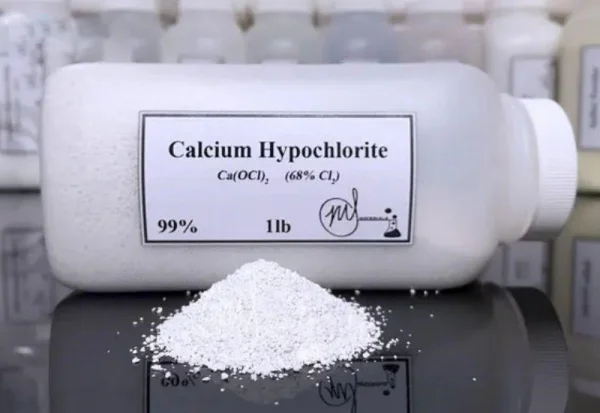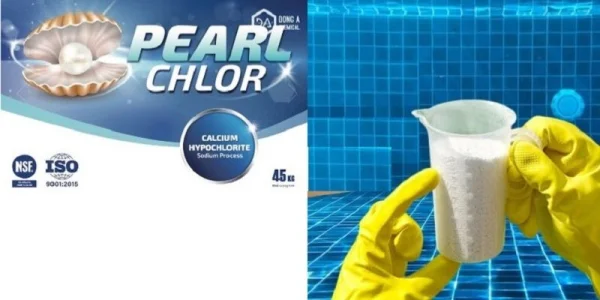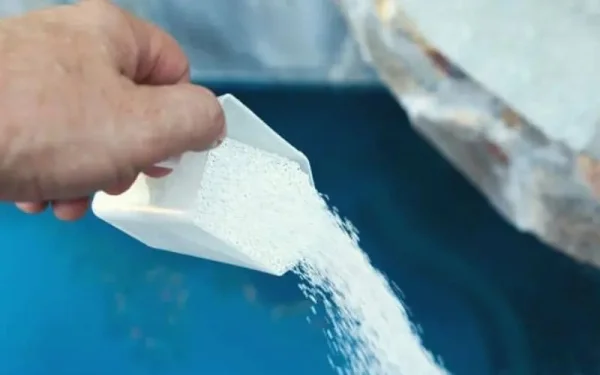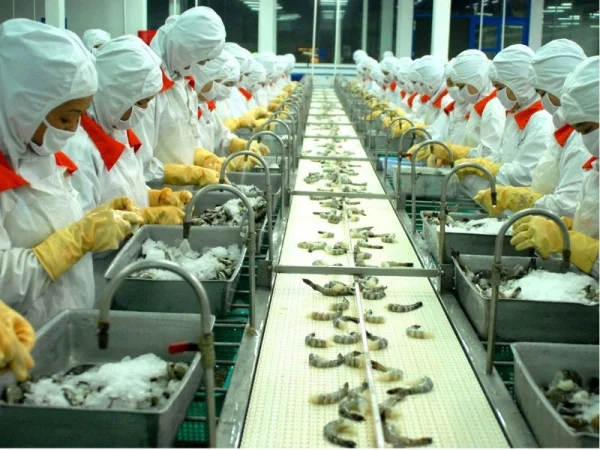
Liquid chlorine , also known as chlorinated water or hypochlorite solution, is a versatile chemical compound that plays a crucial role in various aspects of our daily lives. In this comprehensive guide, we will delve into the intricacies of liquid chlorine, exploring its applications, mechanisms of action, and the important safety considerations associated with its use.
What is liquid chlorine?
At its core, liquid chlorine is the result of the chemical reaction between water ( H2O) and chlorine gas (Cl2). The primary components of this solution include chlorine (Cl2), hydrochloric acid (HCl), and hypochlorous acid (HClO). These compounds work in synergy to deliver the unique properties and applications of chlorine.
The physical properties of chlorine are distinct and easily recognizable. When viewed with the naked eye, the solution appears as a pale yellow liquid with a characteristic pungent smell. Additionally, when a pH indicator such as litmus paper is introduced, the solution will turn red, indicating its acidic nature.
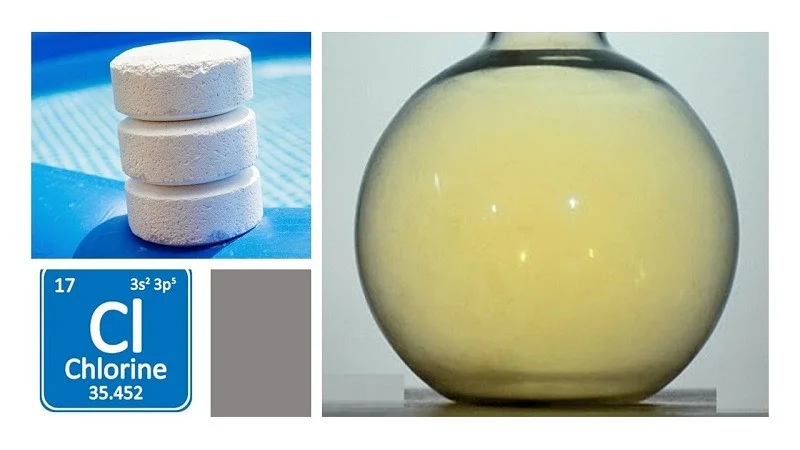
Information about Chlorine
The Chemical Composition and Formation of liquid chlorine
The formation of liquid chlorine can be represented by the following reversible chemical equation:
Cl2 (g) + H2O (l) ⇌ HCl (aq) + HClO (aq)
In this reaction, the gaseous chlorine (Cl2) is dissolved in water (H2O), resulting in the production of hydrochloric acid (HCl) and hypochlorous acid (HClO). The equilibrium of this reaction can be shifted by various factors, such as temperature and pressure, ultimately affecting the concentration of the different chlorine-based compounds in the solution.
It is important to note that the disinfecting and oxidizing properties of liquid chlorine are not solely attributed to the presence of hypochlorous acid (HClO), as commonly believed. In fact, the free oxygen atoms (O) released during the decomposition of HClO play a more significant role in the disruption of the weak bonds within contaminants, causing their breakdown and elimination.
4 Key Applications of liquid chlorine
Liquid chlorine has a wide range of applications, making it a versatile and indispensable chemical in various industries and aspects of daily life. Let's explore the four most prominent applications of this remarkable solution.
Disinfection of Swimming Pool Water
One of the primary applications of liquid chlorine is in the disinfection of swimming pool water. The presence of HClO and its strong oxidizing capabilities make it an effective agent in eliminating harmful microorganisms, such as bacteria and viruses, that can potentially thrive in pool environments.
The process of using chlorine for swimming pool disinfection typically involves the following steps:
1. Testing and adjusting the pH level: Ensuring the pH of the pool water falls within the recommended range of 7.2-7.6 is crucial for the optimal effectiveness of chlorine-based disinfection.
2. Thorough cleaning of the pool: Removing visible debris, organic matter, and algae growth from the pool surfaces is an essential first step to enhance the efficiency of the chlorine-based treatment.
3. liquid chlorine application: The hypochlorite solution is typically dosed into the pool at a rate of 1-1.5 liters per 100 cubic meters of water, ensuring an even distribution throughout the pool.
4. Circulation and filtration: After the chlorine is added, the pool's filtration system is activated to promote the circulation and even distribution of the disinfectant throughout the entire water volume.
5. Sedimentation and removal of contaminants: The use of a flocculating agent, such as poly aluminum chloride (PAC), helps to coagulate and settle the contaminants, which can then be removed through vacuuming or filtration.
It is crucial to maintain the appropriate chlorine residual levels in the pool water to ensure effective disinfection while avoiding potential health risks associated with excessive chlorine exposure.
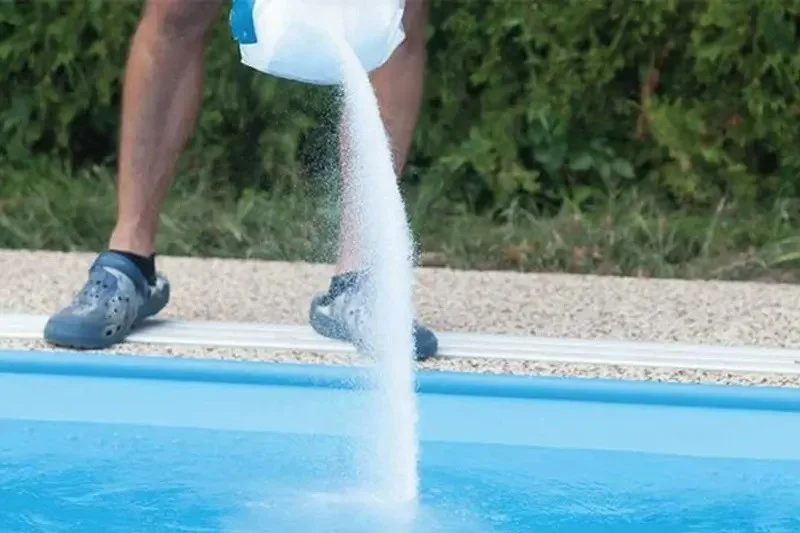
Chlorine in Pool Care
Disinfection of Drinking Water and Wastewater
Liquid chlorine is also widely used in the disinfection of drinking water and wastewater treatment processes. By introducing a controlled amount of chlorine into the water supply, harmful microorganisms can be effectively neutralized, ensuring the safety and potability of the water.
The standard guidelines for the use of chlorine in drinking water typically recommend a chlorine residual concentration between 0.3 to 0.5 milligrams per liter (mg/L) to maintain the appropriate level of disinfection without compromising human health.
Similarly, chlorine plays a crucial role in the treatment of wastewater, where it is used to eliminate pathogens and reduce the organic load before the water is safely discharged into the environment.
Bleaching and Whitening Applications
The strong oxidizing properties of chlorine make it a valuable agent in bleaching and whitening applications, particularly in the textile and laundry industries. When added to water, the free oxygen atoms released during the decomposition of hypochlorous acid (HClO) can break down the weak bonds within colored stains and organic matter, effectively removing them and restoring the whiteness of the fabric.
This application of liquid chlorine, commonly known as the production of "Javel water," is widely used in household bleaching and stain removal processes. However, when using chlorine for these purposes, it is essential to take appropriate safety precautions, such as wearing protective equipment and ensuring proper ventilation, to minimize the risk of exposure.
Industrial and Chemical Applications
Beyond its applications in water treatment and whitening, liquid chlorine finds uses in a variety of industrial and chemical processes, including:
- Paper and pulp production
- Textile dyes and pigments
- Pesticide and herbicide manufacturing
- Pharmaceutical and drug production
- Oil and gas industry applications
- Synthesis of organic and inorganic chemicals (e.g., chlorates, carbon tetrachloride, chloroform)
- Extraction of bromine from natural sources
These diverse industrial applications showcase the versatility and importance of chlorine as a valuable chemical compound in various sectors of the economy.

Chlorine use in paper production
Safety Considerations and Potential Hazards
While liquid chlorine provides numerous benefits, it is essential to be aware of the potential risks and hazards associated with its use. Improper handling or excessive exposure to chlorine can lead to serious health consequences.
1. Respiratory Issues: Exposure to high concentrations of chlorine gas or liquid chlorine vapors can irritate the respiratory system, leading to conditions such as asthma, bronchitis, and even pulmonary edema in severe cases.
2. Organ Dysfunction: Prolonged exposure to elevated levels of chlorine can disrupt the normal function of internal organs, particularly the gastrointestinal system, liver, and kidneys, due to the increased acidity in the body.
3. Skin and Eye Irritation: Direct contact with chlorine can cause irritation, burns, and damage to the skin and eyes, especially if the concentration is above the recommended levels.
4. Carcinogenic Potential: There is some evidence that suggests a potential link between long-term exposure to chlorine byproducts and an increased risk of bladder cancer, particularly in individuals who frequently use chlorinated swimming pools.
To mitigate these risks, it is crucial to adhere to the recommended guidelines for the use of liquid chlorine, maintain appropriate concentrations, and employ proper safety protocols, such as the use of personal protective equipment and proper ventilation, when handling this chemical.
Reducing Chlorine Exposure
In situations where liquid chlorine has been used in excess or where there is a concern about elevated chlorine levels, several strategies can be employed to reduce the exposure and mitigate the potential health risks:
1. Aeration and Evaporation: Allowing the chlorinated water to stand and be exposed to air can facilitate the natural evaporation of chlorine, reducing the residual concentration over time.
2. Activated Carbon Filtration: The use of activated carbon filters can effectively remove chlorine and its byproducts from the water, providing a safer alternative for consumption and use.
3. UV Light Treatment: Exposing chlorinated water to high-intensity ultraviolet (UV) light can break down the chlorine compounds, reducing the overall chlorine content.
4. Chemical Dechlorination: The addition of specific chemicals, such as sodium sulfite or sodium bisulfite, can react with and neutralize the chlorine, effectively removing it from the water.
5. Plumbing System Upgrades: In some cases, upgrading the plumbing system to minimize the contact time between chlorinated water and the distribution network can help mitigate the accumulation of chlorine byproducts.
By implementing these strategies, individuals and communities can effectively manage the risks associated with excessive chlorine exposure and ensure the safety of their water resources.
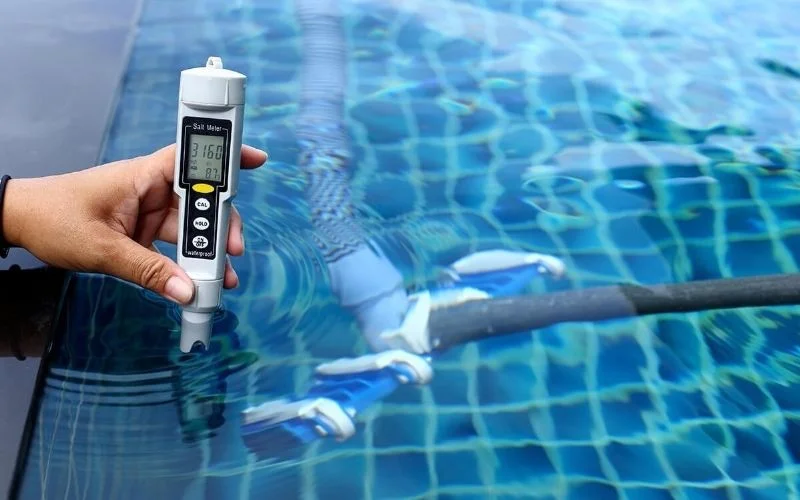
Manage the chlorine levels
Conclusion
Liquid chlorine is a versatile and indispensable chemical compound that plays a crucial role in various aspects of our daily lives. From disinfecting swimming pools and drinking water to bleaching and industrial applications, this solution's remarkable oxidizing properties make it a valuable asset.
However, it is essential to understand the importance of using liquid chlorine responsibly and within the recommended guidelines to ensure the safety of both human health and the environment. By being mindful of the potential risks and implementing appropriate mitigation strategies, we can harness the full benefits of chlorine while minimizing its adverse impacts.
Related Articles
What is Calcium Hypochlorite? An Overview
Calcium hypochlorite , with the molecular formula Ca(ClO) 2 , is a widely used chemical compound ...
Why Does Tap Water Smell Like Chlorine and How to Remove It?
Tap water often has a distinct chlorine smell , which can be unpleasant and concerning for many ...
How to mix and use chlorine powder 70% to treat water
How to mix or use chlorine powder 70% is always the issue that receives great attention from ...
Top 3 Applications of Chlorine Powder
Chlorine powder , also known as calcium hypochlorite (Ca(OCl)2), is a widely used disinfectant ...
The Ultimate Guide to Chlorine Powder for Pool Water Treatment
Maintaining a clean pool is crucial for the health and enjoyment of swimmers. One of the most ...
Is It Safe To Use Chlorine in the Food Industry?
Chlorine is a highly versatile chemical that plays a crucial role in various industries, including ...

